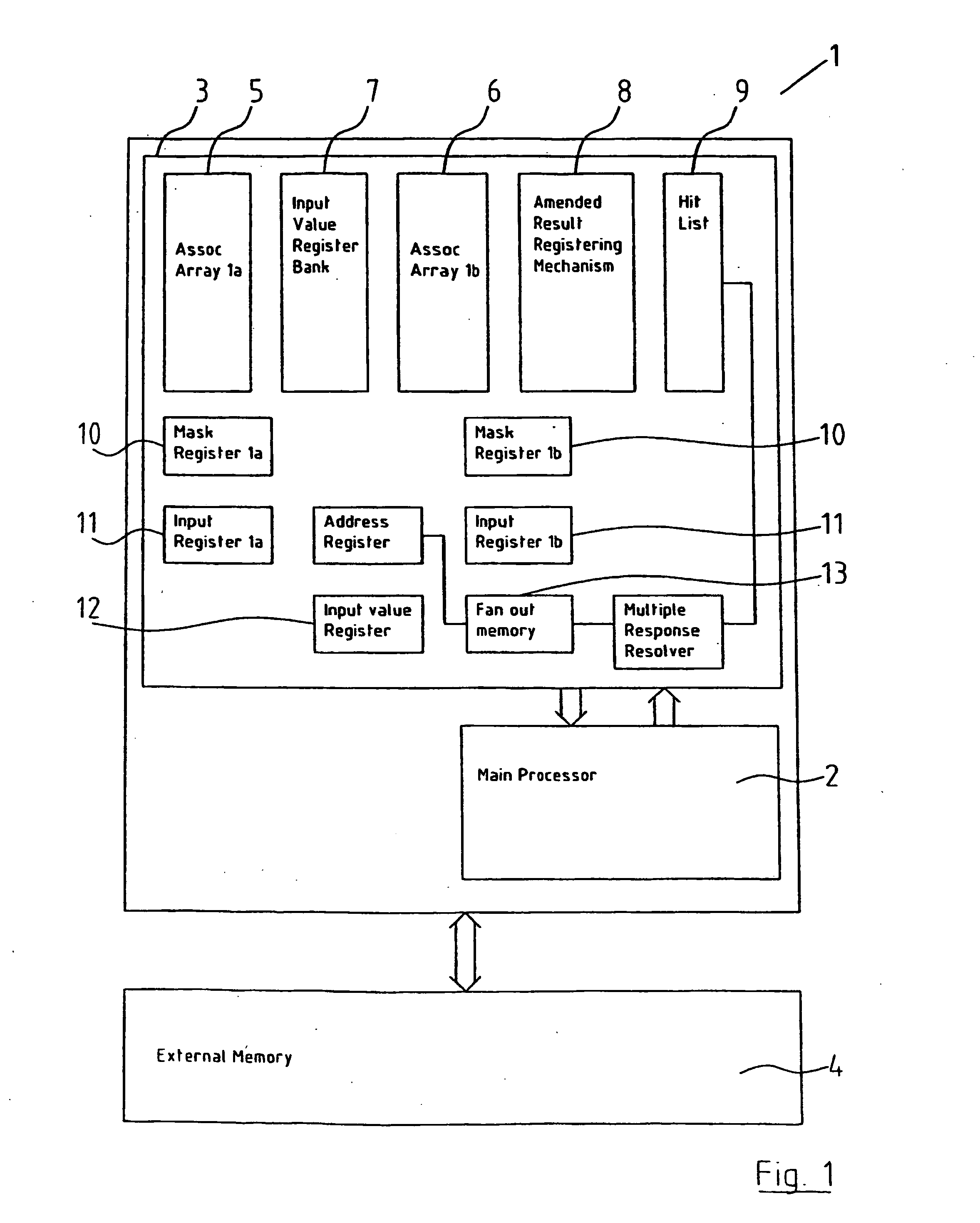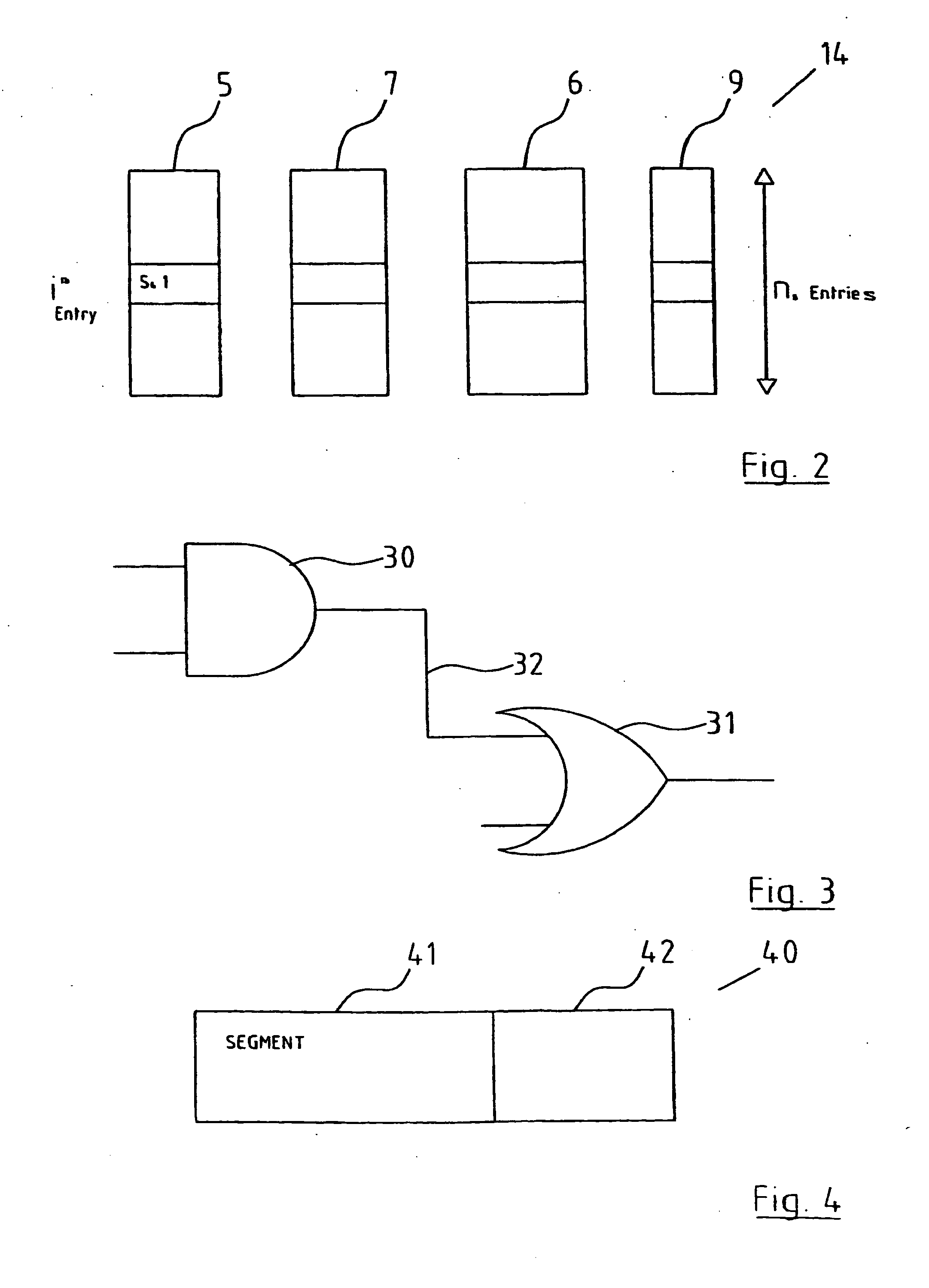Method and a processor for parallel processing of logic event simulation
a logic event and processor technology, applied in the field of logic event simulation processing processors, can solve the problems of overly simplistic intrinsic unit delay models of compiled code simulators, affecting the overall performance of the system, and achieving significant speed up, so as to improve the speed of the processor, reduce time wastage, and enhance the effect of processing speed
- Summary
- Abstract
- Description
- Claims
- Application Information
AI Technical Summary
Benefits of technology
Problems solved by technology
Method used
Image
Examples
Embodiment Construction
[0106] The invention will now be more clearly understood from the following description of some embodiments thereof given by way of example only with reference to the accompanying drawings in which:—
[0107]FIG. 1 is a block diagram of a processor for parallel processing of logic event simulation;
[0108]FIG. 2 is a block diagram of the segment table;
[0109]FIG. 3 illustrates a pair of logic gates, one of which being the fan-out gate of the other;
[0110]FIG. 4 illustrates the incorporation of segment addresses in fan-out addresses;
[0111]FIG. 5 is a logic gate representation of the result polarity circuit;
[0112]FIG. 6 is a logic gate representation of the logic combination circuit;
[0113]FIG. 7 is a logic gate representation of the amended result registering mechanism;
[0114]FIG. 8 is a timing diagram showing the set-up and hold times of a synchronous device;
[0115]FIG. 9 is a block diagram of a gate input addressing technique; and
[0116]FIG. 10 is a block diagram of a scan system for...
PUM
 Login to View More
Login to View More Abstract
Description
Claims
Application Information
 Login to View More
Login to View More - R&D
- Intellectual Property
- Life Sciences
- Materials
- Tech Scout
- Unparalleled Data Quality
- Higher Quality Content
- 60% Fewer Hallucinations
Browse by: Latest US Patents, China's latest patents, Technical Efficacy Thesaurus, Application Domain, Technology Topic, Popular Technical Reports.
© 2025 PatSnap. All rights reserved.Legal|Privacy policy|Modern Slavery Act Transparency Statement|Sitemap|About US| Contact US: help@patsnap.com



